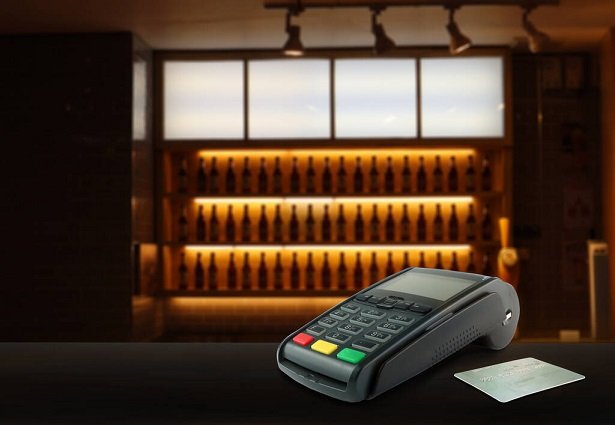The inception of credit card processing can be traced back to the mid-20th century when Diners Club introduced the first-ever credit card in 1950. This marked the beginning of a transformative journey that would revolutionize the way we handle monetary transactions. Initially, credit card processing relied heavily on manual processes, with carbon paper imprints and signature verifications being the norm. As the world gradually embraced the plastic revolution, the need for more efficient and secure methods became apparent.
One pivotal moment in the evolution of credit card processing was the introduction of magnetic stripe technology in the 1970s. This innovation allowed for faster and more accurate transactions by encoding essential information on a magnetic stripe. Credit card processing in Singapore not only expedited the payment process but also laid the foundation for electronic authorization, a precursor to the sophisticated systems we witness today.
Fast forward to the late 20th century, and the advent of the internet ushered in a new era for credit card processing. Online transactions became a reality, necessitating robust security measures. The introduction of the Payment Card Industry Data Security Standard (PCI DSS) in the early 2000s underscored the industry’s commitment to ensuring the confidentiality and integrity of sensitive information.
In recent years, the rise of mobile technology and contactless payments has further reshaped the credit card processing landscape. Near Field Communication (NFC) technology enables users to make secure transactions with a simple tap, eliminating the need for physical cards. This evolution aligns with the growing demand for seamless, convenient, and, most importantly, secure payment options.
One notable advancement in credit card processing is the incorporation of EMV (Europay, Mastercard, and Visa) chip technology. This global standard, introduced in the 2010s, aims to enhance security by replacing the traditional magnetic stripe with a microprocessor chip. The chip generates a unique code for each transaction, making it significantly more challenging for fraudsters to replicate card information.
While these advancements have undoubtedly bolstered the security and efficiency of credit card processing, they have also brought forth new challenges. The ever-present threat of cyberattacks and identity theft necessitates continuous innovation in security protocols. Machine learning and artificial intelligence now play a crucial role in detecting and preventing fraudulent activities by analyzing patterns and anomalies in transaction data.
The landscape of credit card processing is also influenced by changing consumer preferences. The demand for personalized and transparent financial experiences has led to the emergence of fintech companies that offer alternative payment solutions. From digital wallets to decentralized cryptocurrencies, consumers now have a myriad of options beyond traditional credit cards.
As credit card processing continues to evolve, the importance of striking a balance between innovation and security becomes paramount. The delicate dance between providing cutting-edge technology and ensuring the utmost protection of sensitive information requires a concerted effort from financial institutions, technology providers, and regulatory bodies.
Looking ahead, the future of credit card processing appears to be intertwined with emerging technologies like blockchain and biometrics. Blockchain, with its decentralized and tamper-resistant nature, holds the potential to revolutionize transaction transparency and security. Biometric authentication, utilizing fingerprints or facial recognition, promises to provide an additional layer of personalization and security.
In conclusion, the evolution of credit card processing mirrors the relentless march of technology and changing consumer dynamics. From manual imprints to contactless transactions, the journey has been transformative. As we stand on the cusp of a new era in finance, one thing is certain – the landscape of credit card processing will continue to evolve, driven by the dual forces of innovation and security, shaping the way we navigate the digital frontier of commerce.




